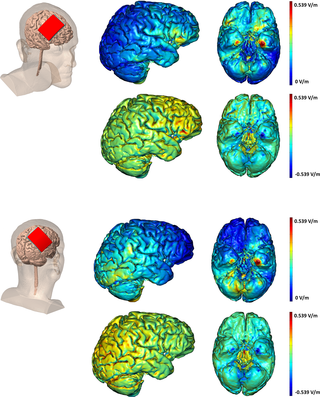Reddit user ADifferentDrum posted the results of his informal long term dual n back/tDCS training research project. Links below to full article.
In an informal experiment aimed at improving memory and attention, I stimulated various regions of my brain using tDCS therapy for 130 sessions over 135 days while simultaneously completing the working memory task dual n back. Each session lasted about 30 minutes. I found that my scores significantly improved both during “live” tDCS treatment and also during intermittent “off” stimulation memory task sessions. I had previously done the dual n back task thousands of trials over the course of two years so the improvement in performance cannot be attributed to practice effects alone. Just as some of the literature suggests, I found that tDCS can improve a very specific skill (in this case “brain game” performance), but the jury is still out as to what benefits, if any does tDCS have in improving other skills outside of training…
130 day stimulation schedule
| EEG Position | Description | Duration |
|---|---|---|
| P4 | Right Parietal | 15 days |
| P3 | Left Parietal | 15 days |
| F3 | Left Dorsolateral Prefrontal Cortex | 30 days |
| FP2 | Right Frontal Pole | 15 days |
| FP1 | Left Frontal Pole | 15 days |
| F3/FP1 (revisiting regions) | Left DLPFC/Left Poles | 10 days |
| T4 | Right Temporal Lobe | 15 days |
| T3 | Left Temporal Lobe | 15 days |

